Palmetto Bluff Real Estate Company Sales Office
Office Hours
Monday-Friday 9am - 5pm
Saturday 9am - 4pm
Sunday 12 - 4pm
Saturday 9am - 4pm
Sunday 12 - 4pm
July was a hot month at Palmetto Bluff, and I am not surprised that bird sightings were few and far between. The cool temperatures of an air-conditioned building were too enticing for many people, including me! However, those who were brave enough to venture outdoors spent a lot of time on or around the water, which gave us lots of wading bird sightings. Roseate Spoonbills were one of the unique sightings for this month. These pink birds are becoming more common every year, but I will continue treating them as unique sightings until we either officially have them at the Bluff year-round or we have photographic or eBird reports of nesting pairs in Bluffton.

The birds most often reported to me during the summer were the wading birds seen around the pond leading into Moreland Village. Wood storks, great egrets, snowy egrets, little blue herons, white ibis, and spoonbills are the main species seen in this large flock. The sightings would often arrive in my inbox along with the question, “Where did they go? I saw them all here yesterday and now they are gone!” My first response to this concern is typically, “What was the tide doing?”

Beaufort County experiences a roughly nine-foot tidal change twice a day, and the high tide submerges all but the very tops of the spartina grass. Spartina is a valuable hiding spot for the small fish that are food for birds, dolphins, sharks, large fish, and anything else that wants to make a meal out of them. When the tide goes out, the water is concentrated and forces the prey fish into a smaller and more shallow area. This is perfect for egrets, herons, storks, terns, gulls, and pelicans as their prey becomes easier to locate and catch.

When high tide returns, the fish swim to safety and the wading birds return to the pond near Moreland, which I personally call the wood stork pond. Here, we can watch them lounge along the bank as they await the next low tide.

Now that we’ve entered August, wading birds will be seen in smaller groups as they disperse from their summer rookeries. Similar to what we saw in July, I foresee few reports of unique birds due to the notorious heat keeping people indoors. For those who will be spending time on the beach, you may see shorebirds begin to appear. Depending on the species and individual, some shorebirds can travel anywhere from 100 to over 1,000 miles in a single night! Bar-tailed godwits hold the record for the longest nonstop migration, flying over 7,000 miles from Alaska to New Zealand in approximately eight days!. While none of the species we see in Beaufort County make as dramatic of a nonstop flight, their migration still leaves them exhausted and hungry when we see them along our shores. Every time a shorebird stops during their migration, it is important for them to be able to take their time to rest and refuel in preparation for the next leg of their journey.
Just like wading birds, a shorebird’s feeding period is dependent upon the tides. A major difference is that wading birds can forage in freshwater lagoons, if they strike out along the beaches or marshes. Many of the shorebird species found in Beaufort County are only able to forage in the damp sandy soils or mud banks left behind by receding tides; it is important that we share the beaches with these birds and give them their respected space. While I remember being little and chasing after birds on the beach, I have since learned how detrimental it is for the sandpipers and plovers to expend their already depleted energy and fat reserves to flee from a potential threat. Trying to escape us also wastes time that could be spent refueling for the next stretch of their migration. Along with not intentionally chasing the birds, beaches in Beaufort County have a leash law in place for dogs. While this law does allow dogs off leash if under strict voice command, often you will see a dog that is too far away to hear or one that refuses to listen to their owner, and therefore is not under strict voice command. This leash law is important to not only protect shorebirds but also your dogs, other dogs, and fellow beachgoers alike.
Whether we spend August having our last hoorah at the beach or lounging in the cool air conditioning of our homes, this is the time for us to prepare for the oncoming increase in bird activity as we head towards the official fall migration in September.

The birds are beginning to stir! Willing to brave the heat? You may see some of the early migrants trickle through. If you see or photograph something you wish to share, you can submit your sightings to Aaron Palmieri at apalmieri@pbconservancy.org, and they may appear in next month’s update.
July’s Unique Sightings:
Roseate Spoonbill – (Moreland Ponds and River House)
Large group of green herons (Lake Bales)
July Contributors:
Larry Bleam & Marsha Schaffer

Must-Do 2025 Holiday Events in the Lowcountry There’s no better way to embrace the magic of the holidays than spending them in the heart of the Lowcountry. With its sparkling waterways, moss-draped oaks, and warm coastal charm, Palmetto Bluff transforms into ...
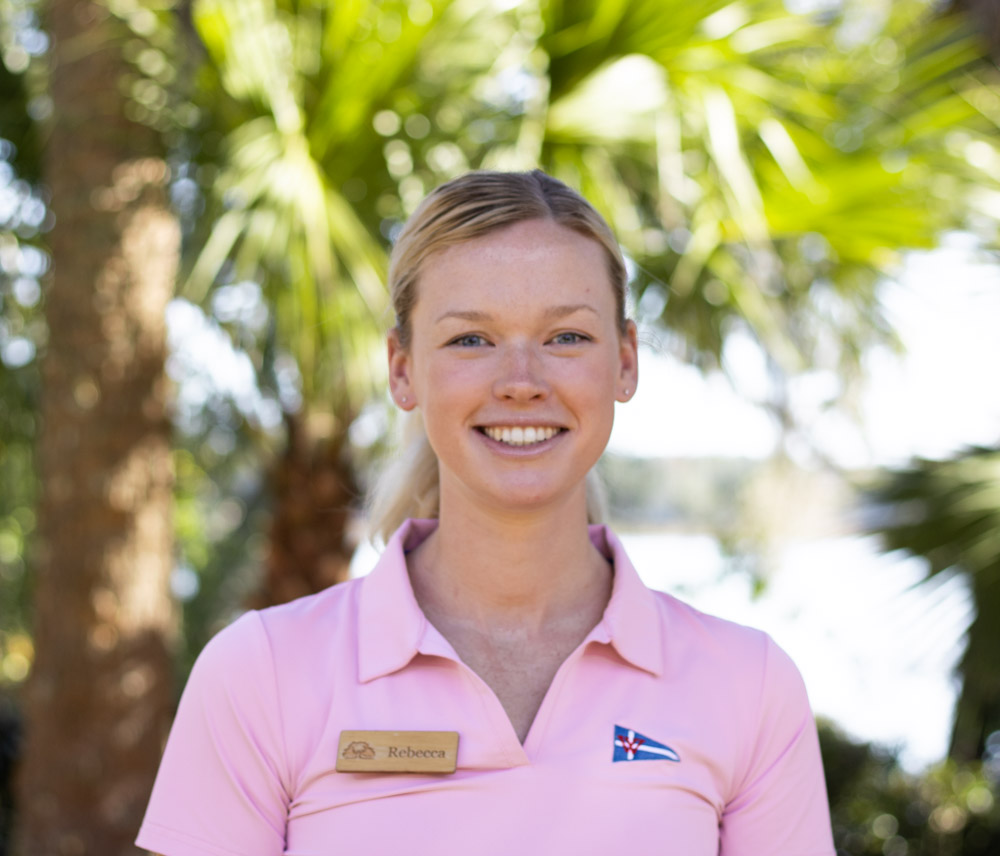
Rebecca’s Journey to Palmetto Bluff For Rebecca McCorkendale, life on the water isn’t just a career—it’s a calling that runs through generations. Growing up on Hog Island, nestled between Hilton Head and Bluffton, Rebecca was raised with salt air in her lungs...
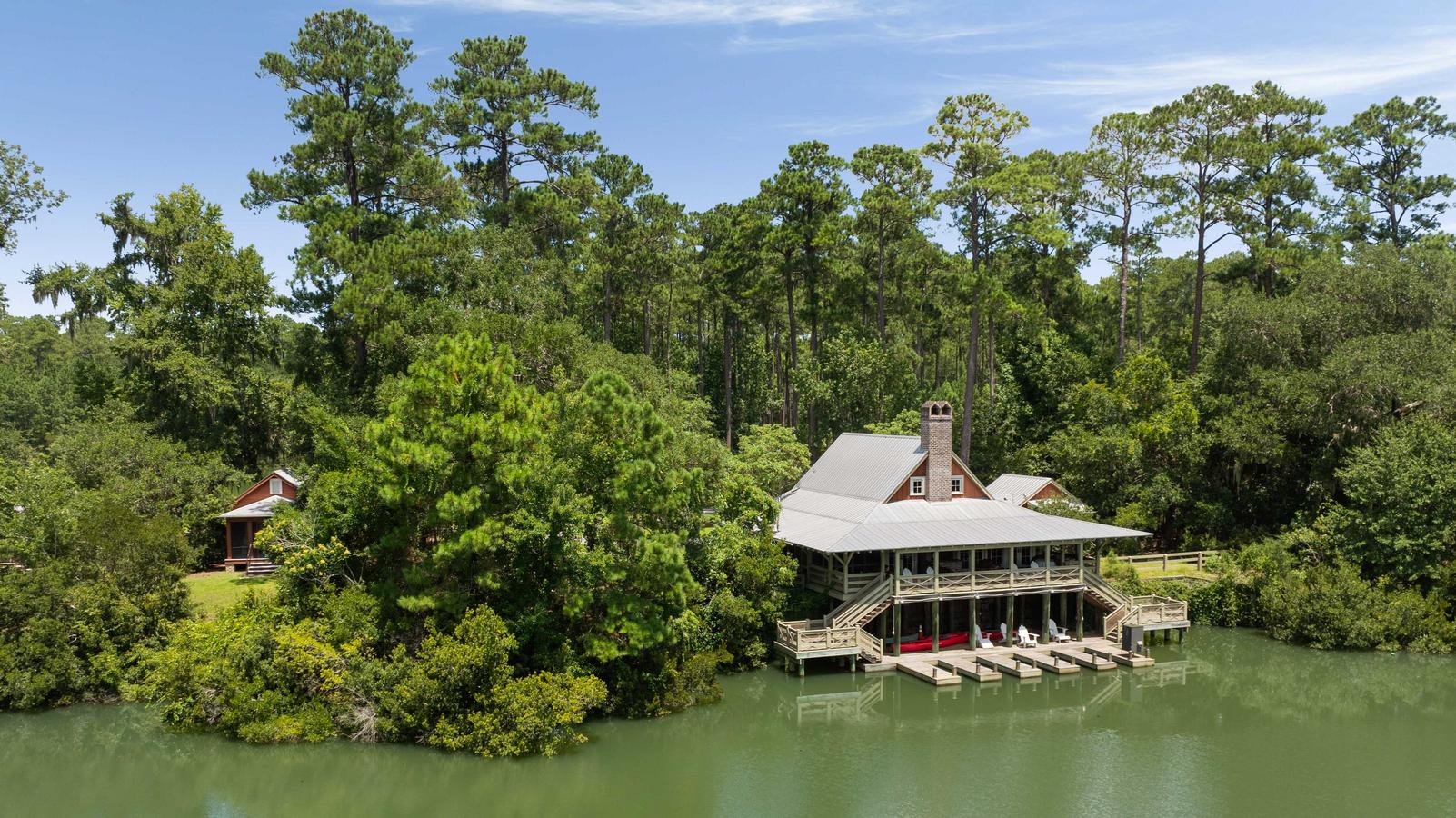
Headwaters Community in Palmetto Bluff Tucked deep within Palmetto Bluff’s untouched maritime forest, Headwaters stands apart as the community’s most private and pristine enclave. With just ten family compounds spread across more than 600 acres of scenic mars...
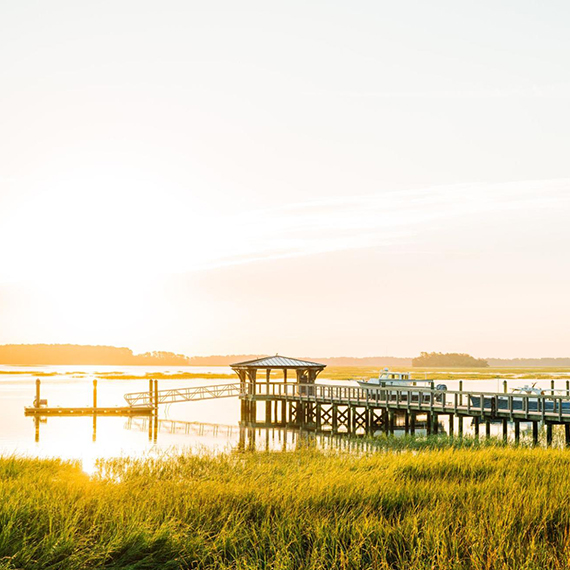
The golden glow of the marshes, the crisp air, and the sense of calm after a busy summer season all make this time of year unforgettable. Whether you’re enjoying the Bluff or exploring the wider coastal region, here are five reasons why fall is when the Lowcou...

David's Journey to Palmetto BluffBorn and raised in Lewisburg, West Virginia, David Johnson’s career path began with a moment of chance. While studying Finance and Economics at Marshall University, he walked into the Greenbrier Sporting Club’s real estate offi...
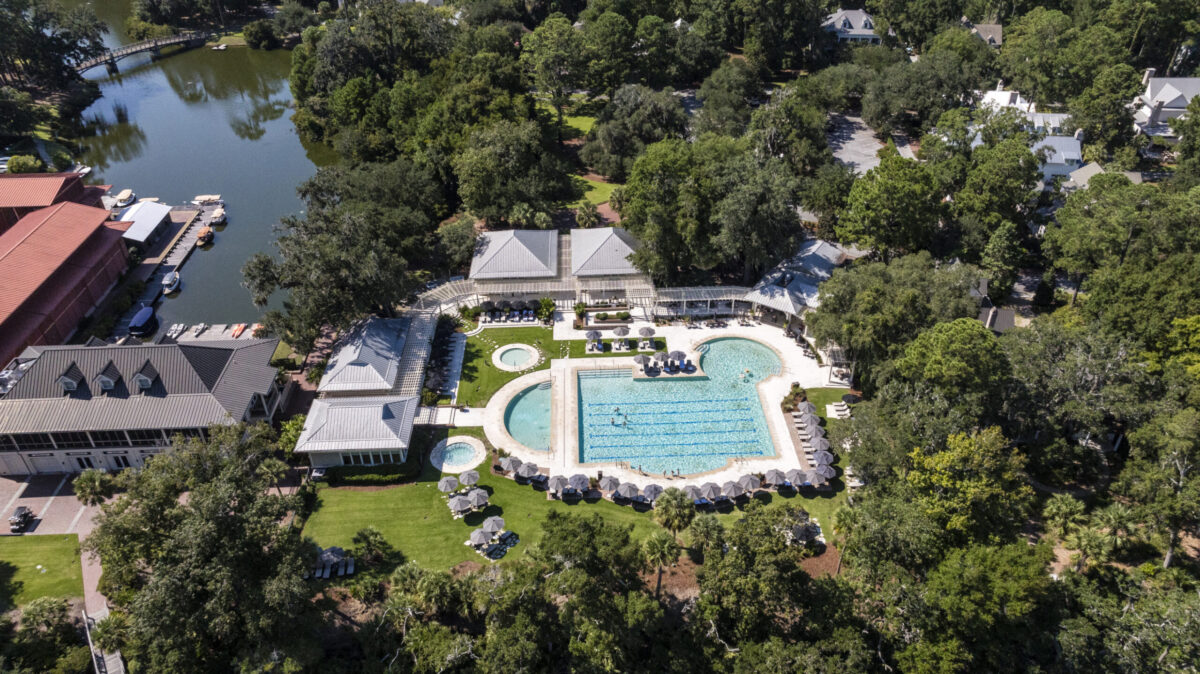
Palmetto Bluff Club: Finding Your Perfect Fit Tucked into the heart of the Lowcountry, Palmetto Bluff is a place where life unfolds at its finest pace—unhurried, connected, and deeply rooted in community. Membership here goes beyond access to world-class...

4 Ways to Incorporate Coastal Fall Decor into Your Home in 2025 If you are planning to decorate your home for fall, you might feel limited to warm colors and chilly weather. But if you live on the coast, you can easily incorporate coastal fall décor into your...
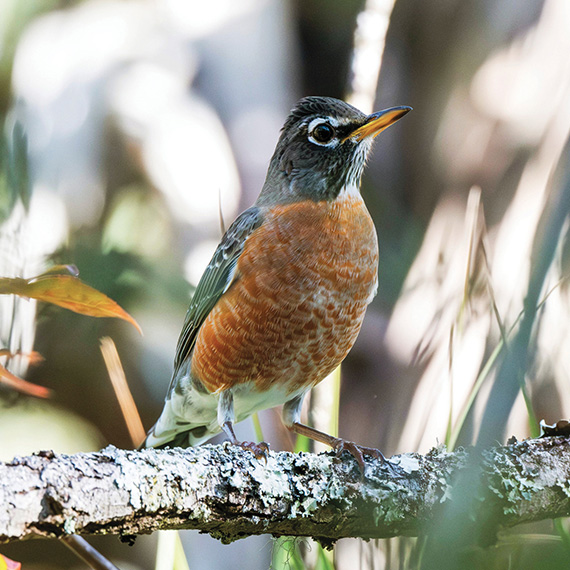
Here in the Lowcountry, the Conservancy brings FeederWatch to life with guided sessions at the Conservancy’s bird feeders. Education and Outreach Manager Aaron Palmieri leads these gatherings, teaching attendees how to identify wintering species, choose the ri...
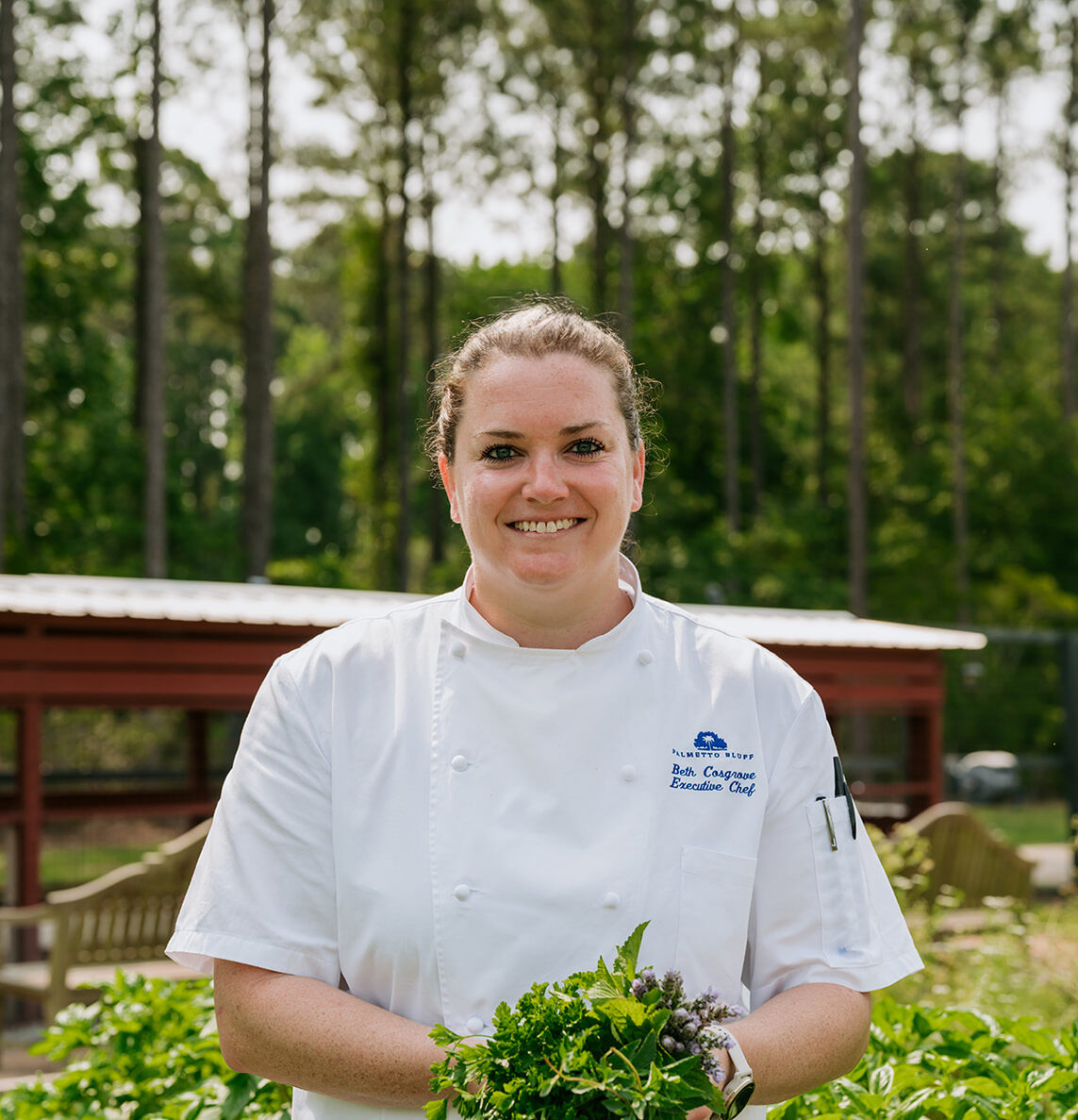
Chef Beth Cosgrove shares her favorite game day dip—with a Southern twist. Ingredients 2 cups cooked sea island red peas, crushed with a fork 1 recipe of pimento cheese dip (recipe below), room temperature 2 cups crème fraiche 1 cup fire-roast...

At Palmetto Bluff, newly built homes are more than residences—they are carefully crafted retreats offering the best of Lowcountry living. Palmetto Bluff Real Estate Co. Agent, Amanda Cutrer, shares the benefits of buying “new” in the Bluff. Builder Support ...
Learn about the Palmetto Bluff Conservancy and how we keep the vision of our land in place.
On land or water, there is an ever-evolving variety of activities.
We do not attempt to independently verify the currency, completeness, accuracy or authenticity of the data contained herein. All area measurements and calculations are approximate and should be independently verified. Data may be subject to transcription and transmission errors. Accordingly, the data is provided on an “as is” “as available” basis only and may not reflect all real estate activity in the market”. © [2023] REsides, Inc. All rights reserved. Certain information contained herein is derived from information, which is the licensed property of, and copyrighted by, REsides, Inc.